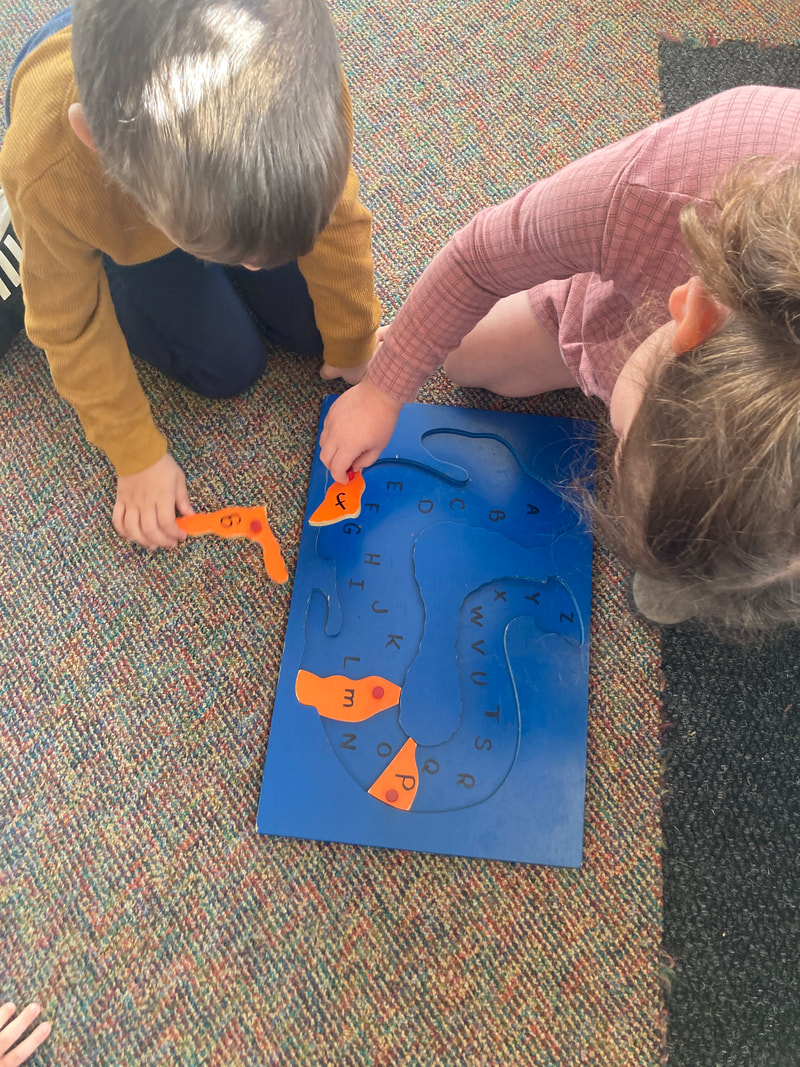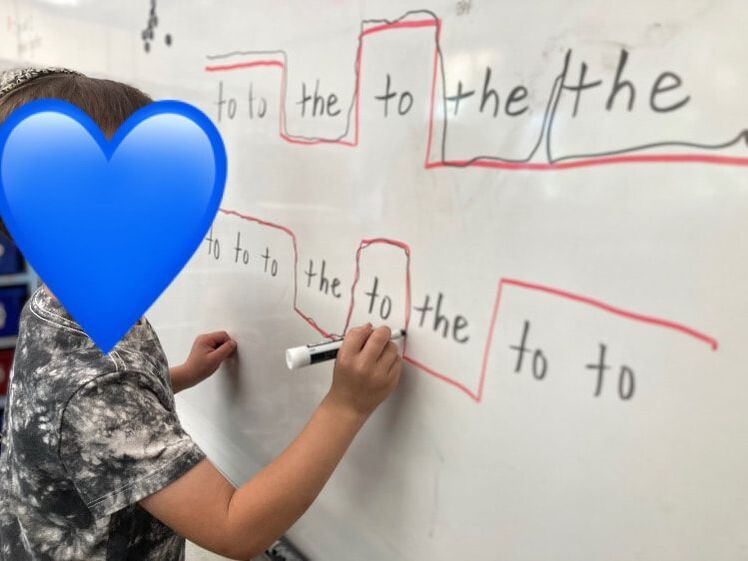S.M.A.R.T. SpacesAs you continue to roll out your S.M.A.R.T. course of activities, the Pencil Roll is one of the daily core activities to plan for thoughtfully. This movement requires the most space, so many educators find the area towards the front of the classroom works best. Pictured here is where one kindergarten teacher sets up the Pencil Roll. It is the same space the students sit for morning meetings and/or whole group activities.
0 Comments
Finding the time for one more thing is difficult in a classroom. Jessica from St. Louis Park, MN teaches kindergarten and loves every moment of it. Except for the amount of time planning can take! During the S.M.A.R.T. workshop, we encourage educators to work S.M.A.R.T.er not harder. What does that even mean? The activities in this program parallel many typical school activities, but they are designed to be tweaked just a bit to foster a more concentrated, intense burst of stimulation to the brain. How does Jessica apply that little workshop tip? She incorporates vision activities as a warm-up for small group instruction. Jessica engages her students in a playful activity that encourages them to track with their eyes. She has a few sheets ready for students to trace as their opening activity during small group instruction. She shares that by starting out the school year using this activity very intentionally and closely monitored in small groups, she is able to plan for this to be an independent work center during the later school months.
The following information will help you explain the S.M.A.R.T. program to parents and foster a strong school-home connection in a developmentally meaningful way.
How do S.M.A.R.T. activities boost my child’s development? The S.M.A.R.T. program offers activities that might seem similar to other schools and childcare centers. But, it's unique because it uses the latest brain research and developmental programs to create a purposeful, enriching environment. It provides more opportunities for specific brain stimulation than what occurs routinely in normal child development. How can you add to your enriching environment at home?
P.S. - It is still good for your brain, too :) Give it a try. Connect with your child in a fun, active way while stimulating both of your brains. Assessments, lesson plans, and emails, oh my! School is in full swing, and you are busy. Those of you who are new to S.M.A.R.T. are likely starting off slow and steady, intentionally teaching each activity and monitoring progress while planning what to implement next.* Seasoned veterans of S.M.A.R.T. are likely doing the same thing, knowing that “Start slow to go fast” is a tried and true statement. You may know exactly what you will introduce in the upcoming weeks as you build that S.M.A.R.T. course. Are you looking for ways to make it more fun and exciting? Add in a thematic component! Our guides have a fun twist for core activities that help increase excitement and keep students engaged. Curriculum guides have a list of ideas for you to make the daily core activities something to look forward to. References to those pages are listed below. Download these fall-themed sets of Creep Track cards to save you some time!\
Download: Older students can practice sentence fluency, and younger students can work on color recognition while boosting their eye teaming, depth perception, and eye-hand coordination. *Stuck on what core activity to introduce next? We encourage you to have these floor activities incorporated into your S.M.A.R.T. time during the second month of school:
References: |
AuthorSCheryl Smythe Archives
May 2024
|









 RSS Feed
RSS Feed